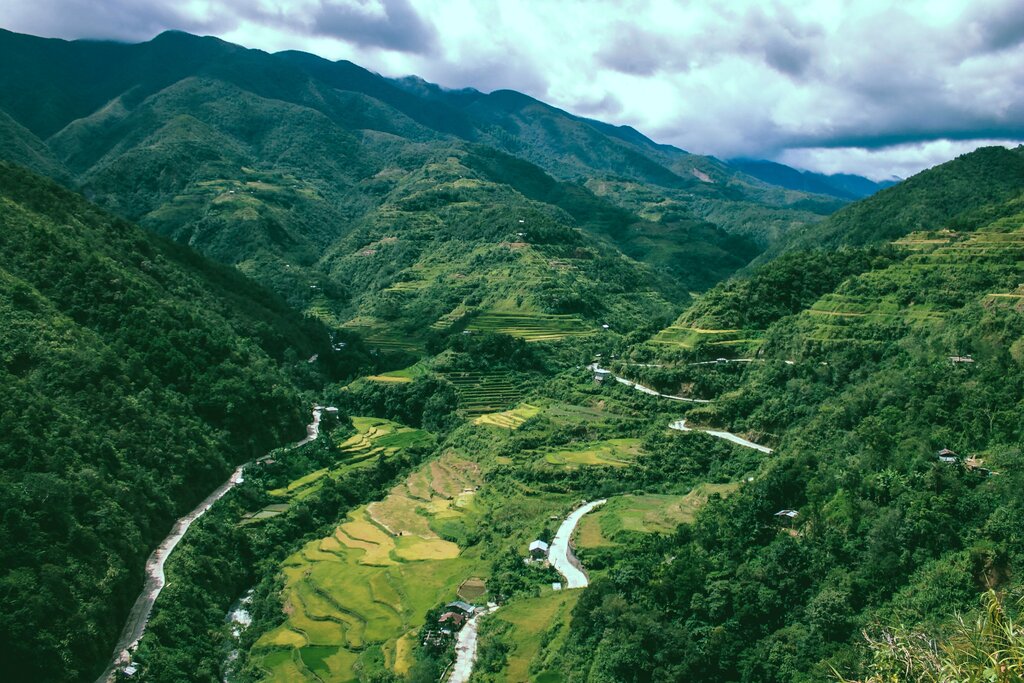Weather
As a tropical country, the Philippines experiences a wet and a dry season. Temperatures are generally hotter in the wet season and cooler in the dry season. Still, March is at the tail end of the dry season, so temperatures and humidity will be higher this month than in January or February. The mountains inland will usually be cooler than coastal areas, however. While there is regional variation in temperatures in the Philippines, expect temperatures of between 79°F and 93°F (26°C and 34°C) in March.
Crowds & Costs
March is peak season for travel to the Philippines, but generally not quite as busy as January or February. However, the timing of Easter in a given year can hugely impact prices and availability of rooms and transport. As a predominantly Catholic country, Easter is a major holiday in the Philippines, and this sometimes falls in late March. Locals travel and take vacations, so expect business closures, higher prices, crowds in some places, and very tight availability in hotels.
If you're visiting the Philippines during Easter, book your accommodation as far in advance as possible or be prepared to pay very inflated prices or have to stay somewhere that isn't your first (or fourth) choice.
Where to Go
With the higher temperatures of March, it makes sense to focus on beach and sea activities during this month. With so many islands to choose from, many people opt for island-hopping itineraries to experience the highlights of more than one island. Islands are connected by air or ferry, depending on their size and distance from a major city.
Cebu City is a good base for an island-hopping vacation and is well-connected to Manila and other international cities by air. The country's oldest city has many cultural attractions worth checking out, such as the Basilica Minore del Santo Niño and Fort San Pedro, although in the heat of March, you may want to make a beeline to the beach. Ever-popular Bohol is just a ferry ride away from Cebu, and this island is surrounded by smaller islands again. Panglao Island, off the southwest coast of Bohol, has many resorts, white-sand beaches, a reef, and excellent diving.
Chat with a local specialist who can help organize your trip.
What to Do
Instead of (or perhaps as well as) beach lounging and water sports, head to higher ground in the Philippines in March. Inland areas of the Philippines are mountainous, with many mountains on various islands sitting at around 9,200 feet (2,800 m)—the highest peak in the country is Mount Apo on Mindanao, at 9,691 feet (2,954 m). If you want to get outdoors and hike, head to higher areas.
The Banaue rice terraces in northern Luzon are sometimes referred to as the world's eighth wonder. They sit at around 4,900 feet (1,500 m) altitude, so the climate is cooler than on the coast. Hiking is popular here and, as well as the beautiful landscape, gives visitors the chance to meet local tribal people and learn about the cultural diversity of the Philippines.
Events in March
Kaamulan Festival, Malaybalay City, Mindanao. Held in late February or early March, this festival celebrates the cultures of the seven ethnic groups of the area.
Arya Abra, Bangued. In the first couple weeks in March, this festival is a gathering of the northern tribes of the Philippines in the north of Luzon. A highlight is watching bamboo raft races on the Abra River.
Easter, nationwide. If Easter falls in March, various parades, performances, and passion plays with a local Catholic flavor can be seen all around the country during Holy Week.
Traveling to the Philippines in March? Check out these great itineraries
The Cordillera: Banaue, Batad & Sagada - 6 Days. Trek through the Philippines' Cordillera and marvel at its natural and cultural heritage. Discover famous rice terraces, quaint villages, sacred waterfalls and rivers, extensive cave systems, and the hanging coffins of Echo Valley.
Island Hopping in the Philippines: Manila, Donsol, Cebu & Palawan - 20 Days. Spend 20 days island hopping in the Philippines, hitting some of the country's major highlights. Swim with whale sharks in Donsol, hike among the chocolate hills of Bohol, explore an underground river in Palawan, and more.
More Helpful Information
The Philippines in February
The Philippines in April
Best Time of Year to Visit the Philippines
How Many Days to Spend in the Philippines
